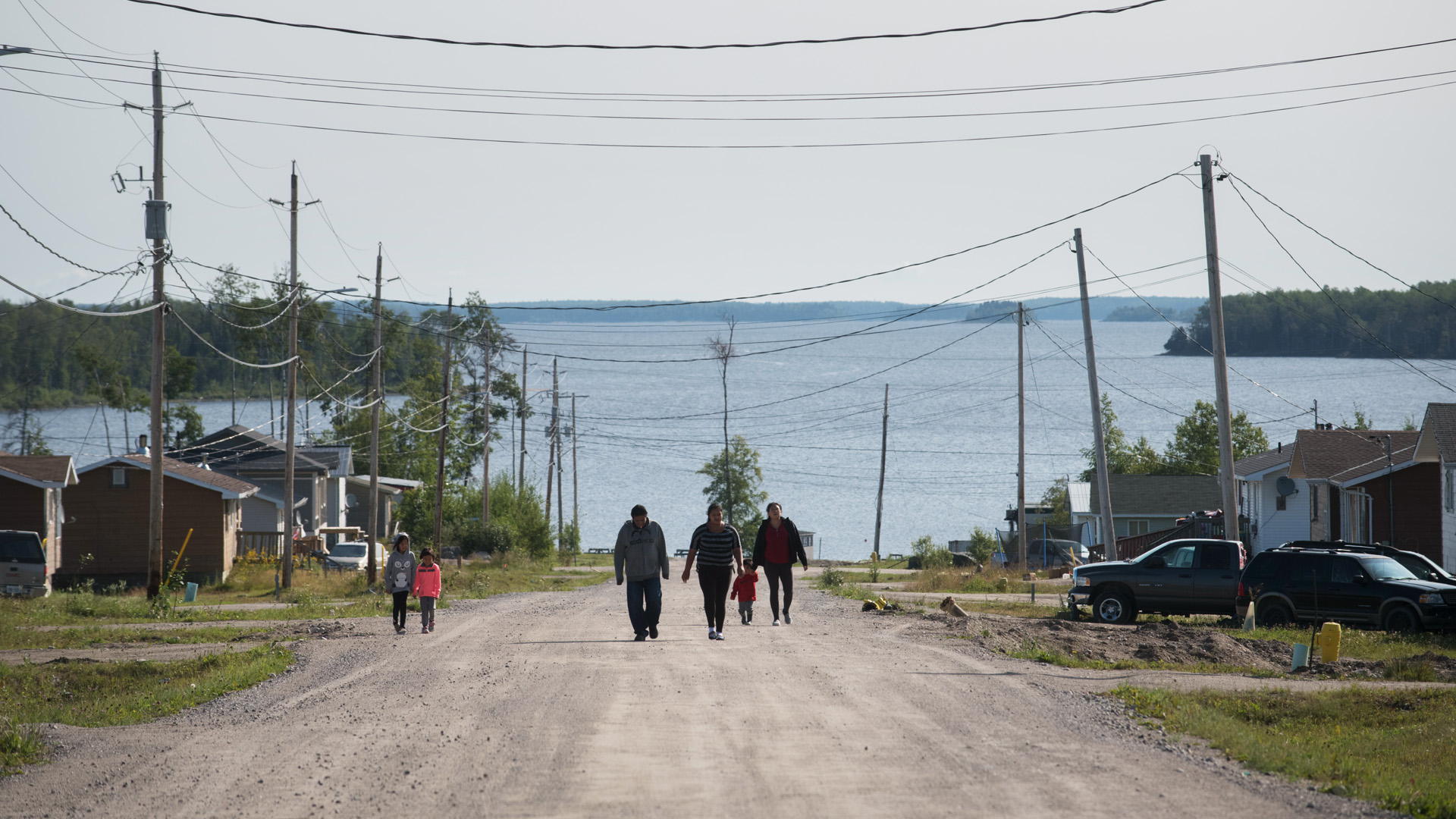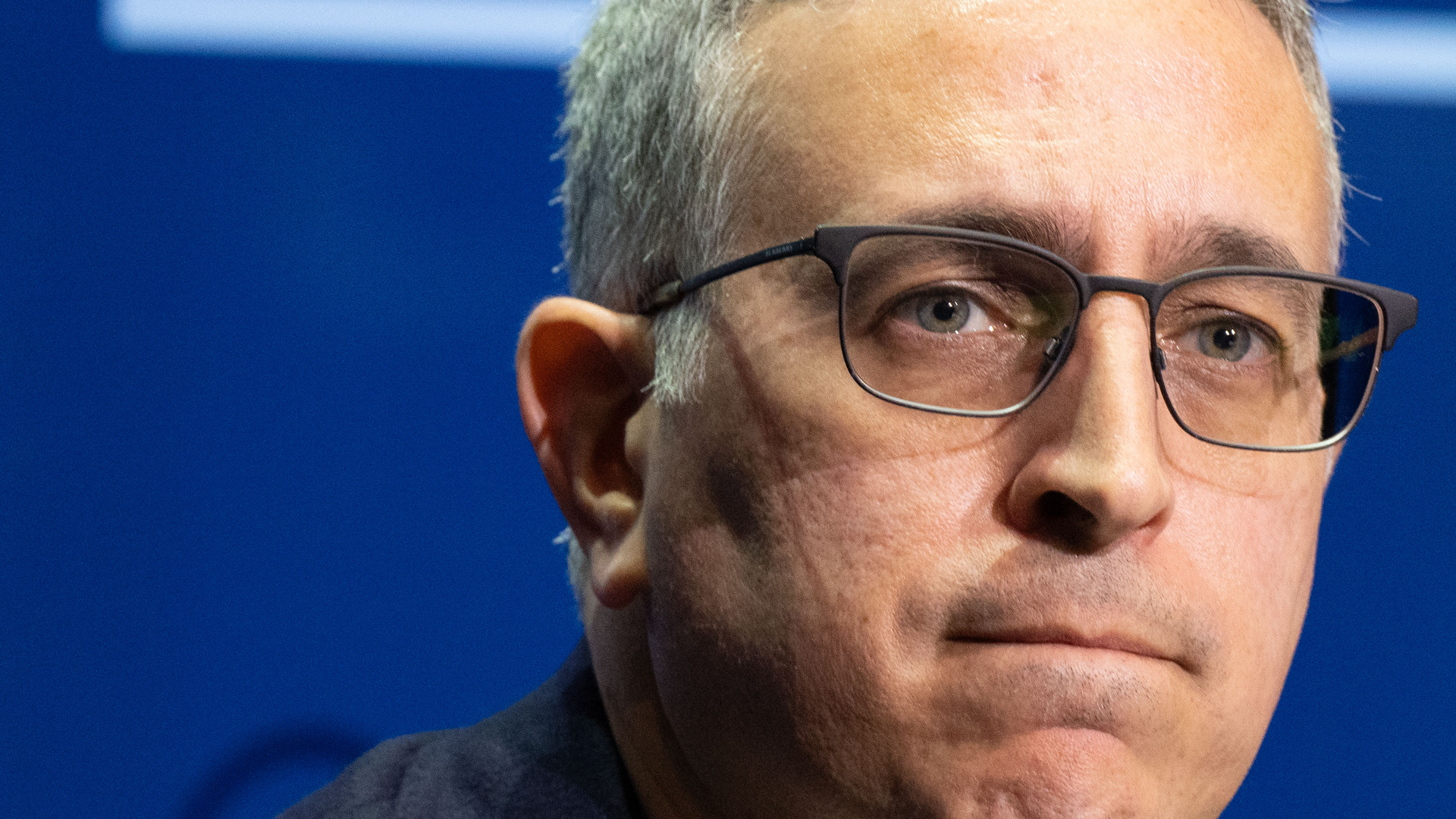
The dominant images of the World Trade Organization’s Seattle meeting in December 1999 were of rioters in the streets and disarray in the con- ference hall. The WTO seemed headed for oblivion, or so its detractors hoped. In contrast, the triumphant proclamation of the Doha Development Agenda was the dominant image of the meeting in Qatar in November 2001. Has Doha then banished the spectre of Seattle?
The answer is ambiguous, because the contrast between Seattle and Doha is less marked than it first appears: much of the negotiating work anticipated at the ”œfailed” Seattle meeting subsequently happened anyway, and many of the initial hopes for the Doha round quickly seemed excessive in the light of renewed US protectionism and missed dead- lines in Geneva. Some people started to claim that the WTO was going nowhere.
I would suggest a more nuanced sense of where the WTO is going. In looking for an overall direction, I see nei- ther imminent collapse nor a grand new design, but a con- tinuation of a long process of evolution. I use a Chinese metaphor to simplify a complex story: the WTO is ”œcrossing the river by feeling the stones.”
My central metaphor is based on the assumption that policy and law arise in ordinary human interaction; only the details and the timing are deter- mined by explicit bargaining. This assumption implies that the WTO always proceeds in a step-by-step fash- ion, solving problems as they appear in the daily life of the trading system without itself being able to lead the process of change.
To think of crossing the river is to think of time as continuous, not dis- crete. In an incremental frame, time is a series of discrete units and the social universe is composed of distinct actors and events. In a conjunctural frame, time is represented by cycles, and ana- lysts focus on the processes that under- lie the social universe.
The simple answer to the question about where the WTO is going is, to Cancun. At a time when officials have missed all their target dates for decisions, the need to report to ministers is important for the dynamism of the process. The meeting in Cancun is meant to be a stocktaking on the round, a way station on the road to a promised conclusion by January 1, 2005. The main objective will be an assessment of the overall level of ambition for the round, but ministers must also consider the possibility of negotiations on the environment and the four ”œSingapore issues,” and assess the ability of developing countries to par- ticipate in the negotiations and imple- ment the results. In making their assessment, they will recall that the Doha Development Agenda is not a dis- connected series of negotiations but an integrated ”œround.” It will need to include enough to make the WTO stronger, wider and deeper.
First, under strengthening the institution, the external narrative about Seattle was that the demonstra- tions in the streets, a manifestation of the new politics of globalization, stopped the meeting. The claim is improbable since the protests were more disruptive for the people of Seattle than for WTO delegates. What has affected the WTO is demands to know what is going on across the full range of meetings. The internal narra- tive is that the WTO’s internal weak- nesses and the difficulties limiting full developing country participation were the real cause of the debacle in Seattle. Doha was an improvement, but the trading system was also lucky. Not much has happened since, but Cancun will have to do better.
Second, Doha is a response to demands to deepen WTO disciplines in the era of globalization, when the meaning of liberalization moves from border measures to domestic regula- tions. This more intrusive agenda is resisted by activists in advanced economies who fear its consequences for domestic autonomy, and by gov- ernments in developing countries who fear they cannot cope with the admin- istrative demands. Efforts to deepen the core policy agenda are blocked. An eventual Single Undertaking will have to have something substantial on agri- culture, if not necessarily elimination of export subsidies, although a group of African countries has stressed that the elimination of all cotton subsidies will be their key test for progress at Cancun. The usual debates between market purists and those who stress nontrade concerns are not promising, and the progress to date has been slow. Members missed the March deadline to create negotiating modalities, meaning how to turn general princi- ples into specific actions. Indeed the EU may not be ready to agree on modalities until Cancun, but other countries will not be ready to agree to much of anything until the EU moves.
The package will also need signifi- cant other market access for goods, notably but not only on textiles. Nonagricultural market access is where the money is, especially in developing countries in their trade with each other, but movement here depends on agricul- ture. Further promises on trade remedy rules will also be needed.
On intangible trade, the package must have progress on services, if not necessarily any of the other new issues. Services are well understood, in princi- ple, but negotiations are still needed before bargaining, as members try to understand all the implications. I am dubious about the other new issues: the Singapore issues of investment, competi- tion policy, transparency in government procurement, and trade facilitation may have been more important for launching the round than con- cluding it since the principal demandeurs, the EU and Japan and their business lobbies, may see sufficient benefits in the emerging package without these issues. Meanwhile developing country resistance seems to be growing, since these issues are really negotiations about the sort of advanced administrative law regimes they do not have, in many cases. Although not part of the negotiations, failure to resolve the access to essential medicines issue would block everything.
The other big issues, the ones where we see civil society not business pressure on governments, especially in North America and Europe, concern the relations between domestic standards and trade in the domains of labour rights and the envi- ronment. Labour is now seen to be in the domain of the ILO. Environment has a clearly defined agenda at WTO but the issue is not vital for the current US administration and is resisted by developing countries, even if it remains important for the EU.
Under the third frame, widening the WTO, the rhetorical commitment to development will be undiminished at Cancun, but most developed coun- tries have been unwilling to accept any proposals that would either change the language of the WTO agreements or change the ”œbalance of Members rights and obligations.” How much this mat- ters to the outcome at Cancun will probably depend on whether the development dimension of other issues is sufficiently ambitious.
Finally, the Doha deal cannot be done by January 1, 2005 as promised, since that deadline would leave insuf- ficient time after Cancun given the slow progress so far, and would require the final bargaining to take place dur- ing a US presidential election cam- paign in the fall of 2004 when the attentions of US negotiators will be distracted. In the end the inevitable EU/US trade off on agriculture will be made in the context of developments in 2007 and later, after decisions are made on how to finance the expan- sion of the EU Common Agricultural Policy to the new member states in the context of the 2006-12 budget; when the US farm bill must be renegotiated in Congress; and when the president’s fast track authority runs out.
The Cancun dance will be compli- cated. If there is no progress on agri- culture, especially from the EU, other countries will not move, but if the process stalls, the agenda cannot be expanded sufficiently to allow a Single Undertaking big enough to make it worthwhile for the EU and the US to buy off the farmers who benefit from the status quo.
The results of the Uruguay Round leave developing countries skeptical about this process. Few developing countries are poor because of world trade, and most would benefit from more trade. The question is, what sort of rules would help them, at what cost? If their problems are really in domestic governance, are the areas identified by the WTO the ones that should be at the top of their list for policy reform?
In contrast, some officials worry that accommodating the needs of developing countries, for example if the Singapore issues are deferred at Cancun, means that the trading sys- tem would have to wait for its slowest members. They claim that developing- country resource constraints do not argue for a limited round, because the WTO must be relevant and useful where the trade is done or it will not be useful at all. But would such a process lead to a two-tier WTO, with two levels of obligation?
The central question then is whether developing countries will use their increasing weight in the trading system to ensure that negotiations address how to adapt the WTO so that it can flexibly accommodate all its mem- bers, or whether they bargain to opt out again. If developing countries exempt themselves from active engagement, they will not be playing their part in the continual evolution of the system. Discussion then centres on how a devel- oping country can accommodate itself to the trading system, rather than whether the WTO rules make sense for all countries. The WTO framework allows it to be a multitiered organiza- tion. Under a common set of principles, the details can differ for each member.
This is not a very exciting prospect, but I think it is a fair picture of the gruelling work of global negoti- ations and of global governance. It is hard, even impossible, for negotiators to know where they are going before they start in this daunting and diffuse process, one in which the goal is never explicit and the means are hard to see. Participants cross the river not with a guidebook and a map ”” let alone a bridge ”” but by feeling the stones.







